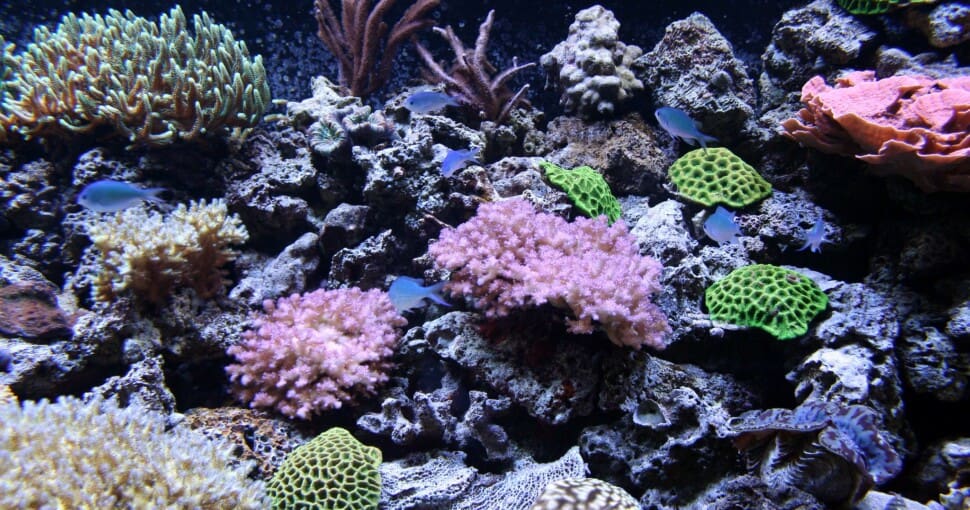Coral should be classed as one of the wonders of the earth. It has an amazing array of colors and fantastic structures. Coral reefs are between five thousand and ten thousand years old. They are home to more than a quarter of all marine fish, and they clean the ocean water.
Contents
Coral is not made of plants, as some people think. It is an ecosystem that starts with an ancient and simple life form from the Phylum Cnidaria. These tiny organisms collect calcium carbonate from the ocean and build structures known as polyps. Coral is a collection of polyps that live together as a community.
Symbiodinium are microscopic algae that live inside coral polyps. They provide food for the coral, allowing it to grow rapidly. Although coral is an animal, it requires sunlight to survive and is found in shallow waters less than one hundred and sixty-four feet deep.
Coral comes in many colors ranging from vibrant reds, yellows, blues, and oranges to more subdued browns and greens. Some coral is fluorescent. Coral uses fluorescence to prevent harmful ultraviolet sunlight from damaging its cells.
Coral has some fascinating shapes that add to the panorama provided by a coral reef. Some look like mounds, others like boulders, and some like the human brain. Coral sometimes looks like pillars, and others have branches to rival trees. Soft coral does not have a rigid exoskeleton but forms a fan that gently moves with the currents.
Many gardeners are inspired by the shapes and colors of coral. They aim to replicate the wonders of a coral reef in their gardens using plants that look like coral.
Related: 8 Plants That Look Like Rocks
1. Echeveria
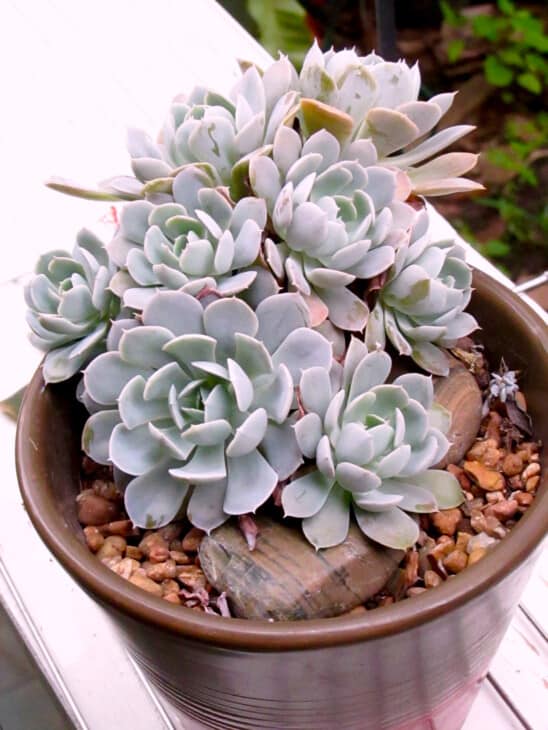
Pachyseris speciosa is a type of coral that forms rose-shaped colonies. Echeverias are a species of succulent from the family Crassulaceae. Echeveria foliage grows in a rose shape, and they are sometimes called the Mexican Rose.
Echeverias have a wide range of colored foliage. They are often green, green-blue, or greyish. An example is Echeveria elegans which is sometimes called the Mexican Snowball.
Echeveria Doris Taylor (Woolly Rose) has light green leaves covered by silvery hair. Echeveria Glauca has greenish-grey-blue leaves, adding another color to a coral-themed garden.
Red Echeverias range from intense red leaves to green with red tips. Echeveria agavoides (Romeo Rubin variety) have shiny ruby-red leaves, which should be included in a coral-inspired garden.
Echeveria nodulosa is larger than most of its family and grows up to eight inches tall. It is a fascinating mix of red and pale green, making it a striking plant.
The following plants have red or pink tips on their foliage:
- Echeveria peacockii
- Echeveria taurus
- Echeveria pulvinate
- Echeveria imbricata
- Echeveria gigantea
Echeveria Dusty Rose and Echeveria Perle Von Nurnberg have delicate lilac-blue-colored leaves. Choose Echeveria Black Prince to add some darker color to the coral garden.
Echeverias occur naturally in Texas and Central America. They are adapted to arid conditions and prefer sandy soil. They store water in their leaves, making them drought-tolerant. They rot easily in poorly draining soils or if overwatered. Echeveria should be allowed to dry out between watering.
Related: 5 Succulents Alternatives
2. Echinopsis Chamaecereus
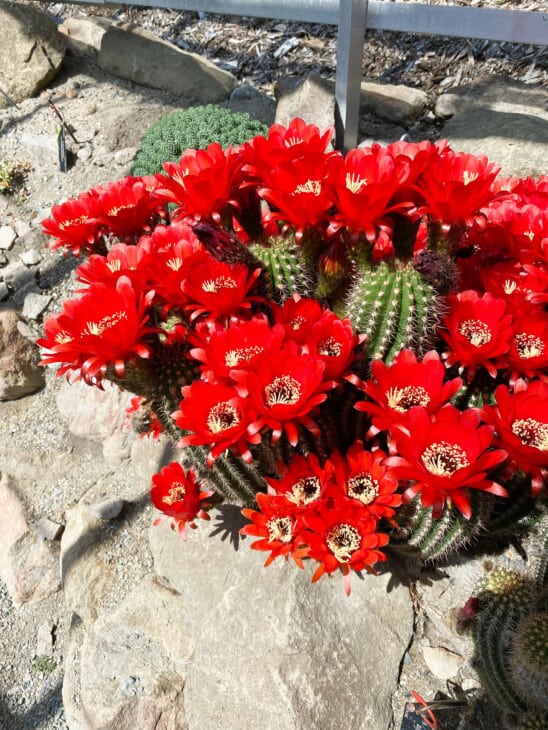
Echinopsis Chamaecereus ‘Lutea’ is sometimes called the Yellow Peanut Cactus or the Yellow Bird. Its rounded, branched, bright yellow foliage strongly resembles Yellow Finger Gorgonian coral. Including this plant in your coral garden adds another hue to the palette.
Echinopsis chamaecereus “Rose Quartz’ and ‘Violet’ have delicate pink-red and violet-red flowers in spring or summer.
As a cactus, this plant does well in dry conditions and is drought-tolerant. It needs minimal water and would be well-paired with succulents and other cacti. Many varieties have an orange-red bloom in summer.
3. Sansevieria
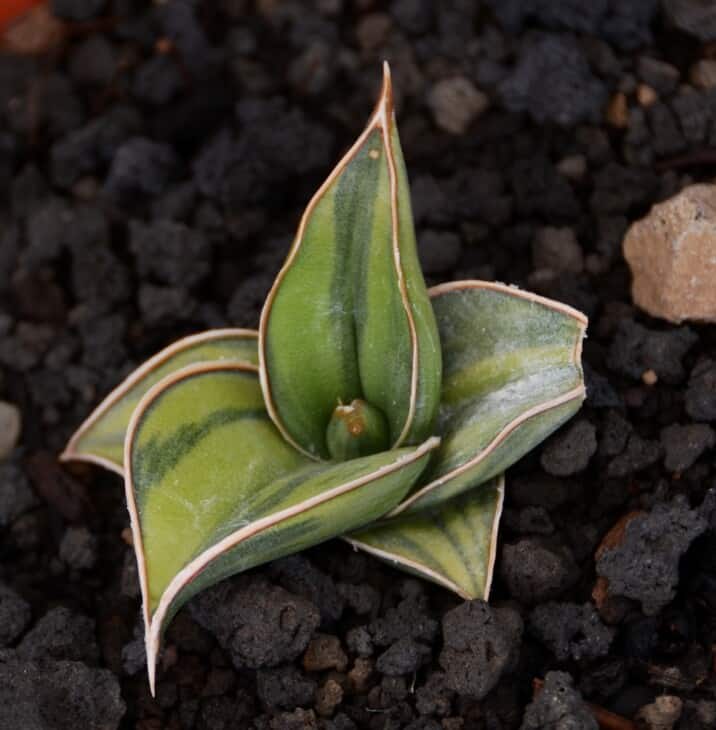
Sansevieria are commonly known as snake plants, mother-in-law’s tongue, or djinn tongue. They have a blade-like leaf with an upward growth pattern similar to coral. Many sansevieria have variegated coloring similar to the color variations seen in coral.
Sansevieria may have hard, stiff foliage or soft foliage which moves in the wind, similar to the movement of coral in the water. Sansevieria are useful as they absorb toxins from the air, making them popular for indoor coral-themed plant displays.
Sansevieria trifasciata Black Coral is a dark black-green with wavy bands of lighter green-grey. Sansevieria cylindrica have rounded foliage that looks like fingers similar to Alcyonium coral or finger leather coral.
Sansevieria grows from underground rhizomes and commonly grows in clumps. They are adapted to cope with dry arid conditions and require minimal water. They can be planted in a bed with similar water-wise plants such as cacti and succulents.
There are many sansevieria species to choose from, allowing gardeners to create the coral garden effect they desire.
4. Celosia Cristata
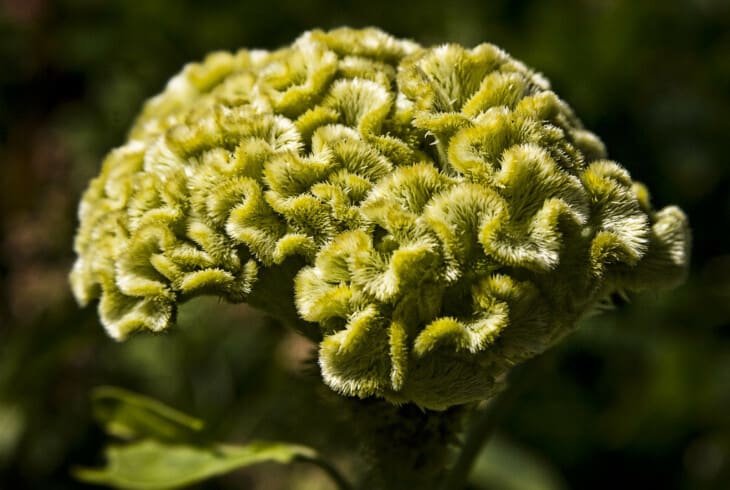
Celosia cristata is sometimes known as the brain flower because of its appearance. Another common name is cockscomb. As some corals resemble a brain, it is useful to include Celosia cristata in a coral garden.
Celosia cristata grows naturally in tropical and subtropical regions. They must be watered every three to four days and do not do well in waterlogged soil. They need fertilization to reach their maximum blooming potential.
Brain flowers can be purchased in various vibrant colors, from cerise pink to sunshine yellow, purple, and flaming orange. These flowers are a good representation of the startling colors that can be seen when exploring coral reefs.
5. Mammillaria Elongata
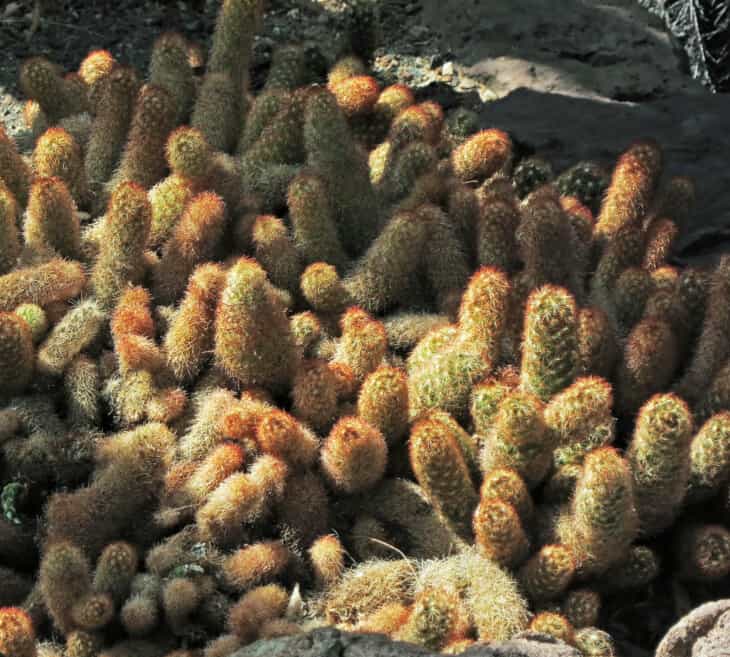
Mammillaria elongate is aptly called the brain cactus. The stems of this cactus fold over each other, forming ridges and depressions like a brain. This plant can be used in a coral garden to mimic brain-shaped coral.
Brain cactus is usually pale green and covered with small silvery hairs. Grow the cactus in soil with good drainage and full sunlight. They are well suited to grow alongside succulents and other cacti.
Related: 10 Plants That Look Like Brains
6. Lithops
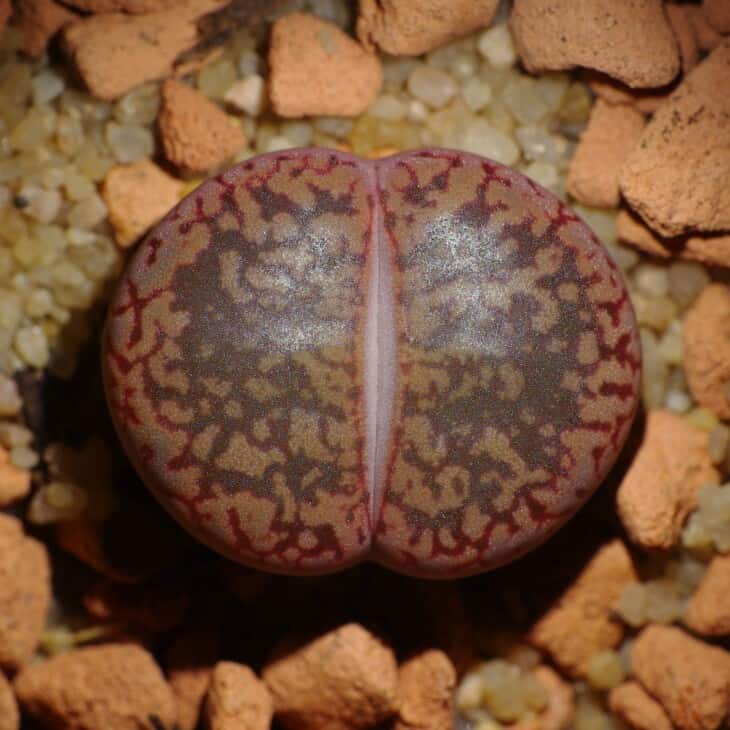
Lithops are commonly referred to as stone plants or living stones. They are from the succulent family Aizoaceae and grow in arid climates, usually among rocks. They grow naturally in Namibia and South Africa.
Coral is made from hard, calcified material, and like lithops, it is often mistaken for rocks. The lithops stem grows underground, and only the leaves appear above the ground. There are typically two leaves separated by a fissure which gives rise to new leaves each year. When the new leaves appear, the old leaves split or wilt and die.
Lithops is mentioned here: 9 Plants That Look Like Vagina
Lithops leaves are hard and leathery, looking like the surrounding stones. They are considered master plants at camouflage. New species are still being discovered due to their excellent ability to blend with their environment.
Flowers grow from the fissure in fall. They are usually yellow or white and resemble a daisy with a pleasant fragrance.
7. Kumara Plicatilis
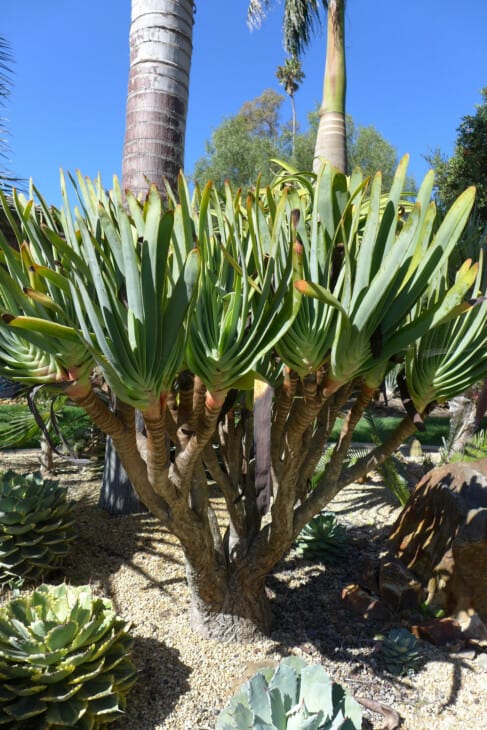
Kumara plicatilis is part of the Asphodelaceae family and goes by the common name of fan aloe. Many types of coral grow in a fan shape, making the fan aloe an appropriate plant to include in a coral-themed garden bed or display.
Related: Plants That Look Like Yucca
Kumara plicatilis is a large plant that can reach heights of three to five meters. The stems branch and end in clusters of strap-like leaves. The leaves are arranged in opposite rows and resemble an open fan.
Fan aloe leaves are eleven to sixteen inches long. They are typically matt green with smooth margins except at the tip, where some serrations may occur. Fan aloes produce spikes of orange tubular flowers in late winter or early spring.
Sandy or rocky soil with good drainage is suitable for fan aloes. These aloes are indigenous to areas that have winter rainfall.

